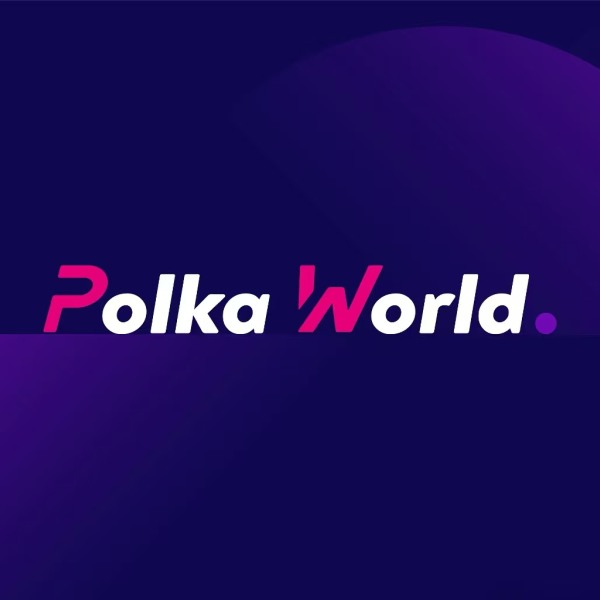Polkadot Hub + PDP: Rewrite Rollup Deployment Rules to Accelerate Ecosystem Explosion!
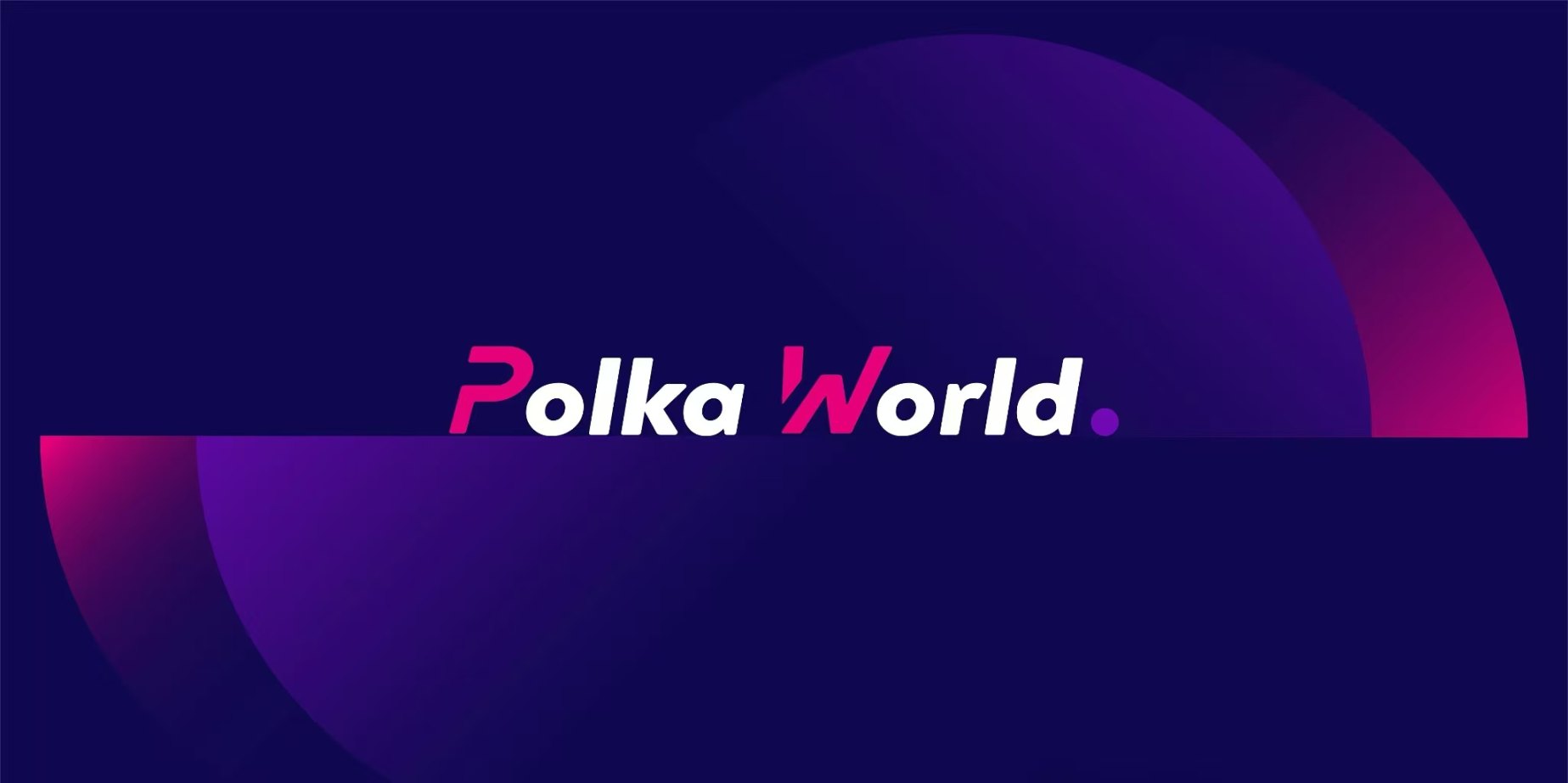
In this article, Parity's Head of Product Development, Santi Balaguer, delves into the positioning and significance of Polkadot Hub. Not only does it inherit foundational features from Asset Hub such as governance, staking, and identity, but it also integrates a smart contract layer, providing a broader stage for experimental projects. More crucially, the Hub introduces an "external assets" mechanism, bringing assets from parachains or Rollups directly into the Hub's contract layer. This allows new projects to be natively compatible with exchanges and custodians from the moment they launch—like a "Trojan horse" that concentrates ecosystem liquidity into the Hub.
Meanwhile, the PDP (Polkadot Deployment Portal) is rapidly evolving into an "operating system" for Rollups. It not only helps teams complete about 85% of the deployment work but also simplifies Coretime auto-renewal and cross-chain channel configuration. In the latest closed beta, 7 out of 8 test users actually operated the system, achieving a 100% deployment success rate, with feedback far exceeding expectations. Even Parity's finance team personally deployed a Rollup on Kusama, proving PDP's ease of use and reliability.
With Kusama deployment about to open, more and more teams will be able to easily launch Rollups. The combination of Polkadot Hub and PDP is rewriting the way Rollups are launched, accelerating the expansion of the entire ecosystem.
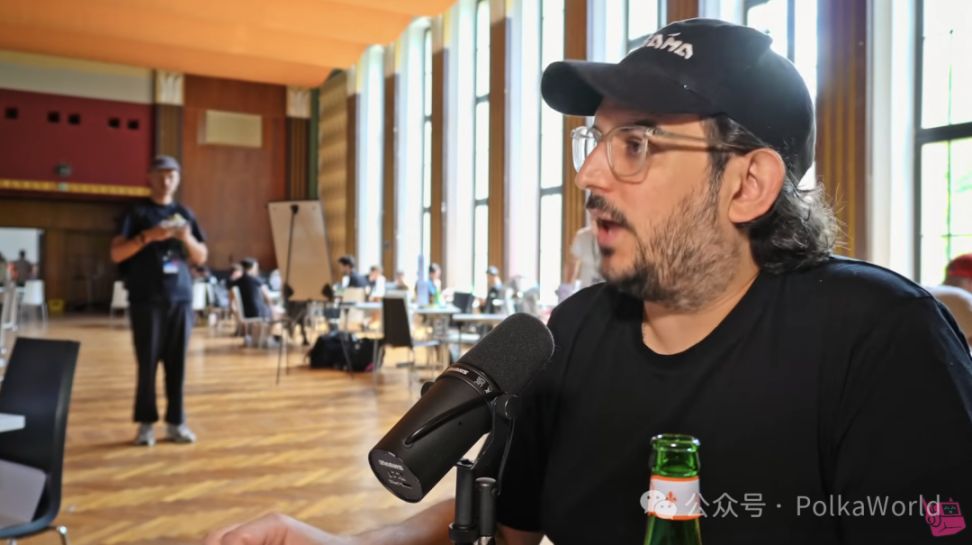
Polkadot Hub Will Become the Universal Entry Point for New Projects, Lowering the Threshold for Exchange Integration
Jay: Could you quickly introduce Polkadot Hub for those who are unfamiliar?
Santi: Polkadot Hub is actually a combination of two aspects. First, it inherits many features from Asset Hub, such as governance, staking, identity systems—these valuable foundational features will all happen on the Hub. Second, it will have a built-in smart contract layer, which will bring more experimental projects to Polkadot.
But the question is, how do we ensure that new Rollups can be used directly on the Hub? As we mentioned before, Polkadot has native interoperability that other platforms can't match. Next, I'll explain in detail how the Hub introduces the concept of "external assets," which allows assets from parachains or Rollups to be used directly on the Hub through this mechanism.
What we're working on now with PDP is helping these teams more easily inject their chain's liquidity into the Hub's external assets. This way, these assets can immediately be used in the Hub's smart contract layer.
But it doesn't stop there. In the past, I've seen many teams struggle when integrating with custodians and exchanges. Why? Because for security reasons, these service providers must run a full node of your Rollup. Imagine if there are hundreds of Rollups—this is simply not scalable, especially for those just starting out or with low activity. Now, as assets concentrate in the Hub, custodians and exchanges only need to support the Hub. It's like a "Trojan horse."
Jay: For any new project, this is a natural convenience, right?
Santi: That's exactly what we want to leverage.
Jay: I see. So, launching a Rollup on Polkadot means you can immediately be compatible with all exchanges that have integrated Polkadot Hub and support external assets. And exchanges are almost compelled to do this, because many important projects will connect in the future.
Santi: Exactly. I think there may still be some discussion in the future about the timing of external asset integration, but compared to the old way of running nodes, at least the technical threshold has been greatly reduced. What we can do is make these features available, and then the business development team will naturally communicate with exchanges and custodians, saying "integrate us," but by then there will be no technical barriers. That's exactly our goal.
Can Already-Launched Rollups Use PDP?
Jay: Another very practical feature you've recently launched is Coretime's auto-renewal. This used to be a major pain point for early users. So I want to ask, can Rollups that are already live and running use PDP?
Santi: Not at the moment. We're currently limited in manpower, so our focus is mainly on attracting more teams to join Polkadot. I'm in contact with most of the existing teams, and for their pain points and areas where they need help, we can still solve them one-on-one. We're handling these while also building PDP into a tool to attract new teams.
In the future, we hope to achieve this scenario: already-launched Rollups can directly call all PDP tools for seamless integration. But at least for now, this is not on our roadmap, although I personally really hope it can be realized.
PDP Completes 85% of the Work for You, Coretime Auto-Renewal Is No Longer a Challenge
Jay: Got it. So is the auto-renewal feature a technical challenge, or does it just solve an obvious problem?
Santi: It depends on how you look at it. Actually, the Coretime chain itself supports auto-renewal, but enabling it requires a bunch of steps, which is quite troublesome. Although it's theoretically doable, we've simplified the whole process for everyone in PDP. This way, not only can PDP users benefit, but others can too. Let me break down the steps for you.
- First, you need to make sure your parachain account has funds on both the relay chain and the Coretime chain. We've made this very intuitive: you can clearly see the balance and account ID.
- Next, you need to open an HRMP channel between the Rollup and the Coretime chain. This is not easy in itself, so we will generate the XCM call for you in advance based on your declared project. You just need to put this call into the governance process or execute it with sudo.
- Finally, you also need to send an XCM call from your chain to the Coretime chain to enable auto-renewal. We've also generated this call for you, fully customized for your chain.
As for what governance method you use (referendum or sudo), we can't decide for you. But overall, PDP has already completed about 85% of the work for you.
How Is Rollup Governance Done?
Jay: I was going to ask you about governance. Governance hasn't been integrated into PDP yet, right?
Santi: When you launch a Rollup, you can do runtime upgrades, right? And governance can be added as an upgrade path. We already have ready-made solutions in the Polkadot SDK, so teams can add it if they want. However, we believe the most suitable starting method is still to use a sudo account. Almost all new projects are managed by a sudo account at the beginning. After you go live, we can help you transition to a more mature governance model.
I also hope there will be some tutorials teaching everyone how to gradually transition from sudo to governance models like OpenGov. For example, some teams on Polkadot now use a technical committee as a transitional solution, so teams can also explore these paths.
PDP Is More Than a Deployment Tool—It's Becoming the "Operating System" for Rollups
Jay: Because right now it feels like PDP helps everyone launch Rollups and manage early build and deployment work, but in the future, it could totally become a Rollup management tool, right?
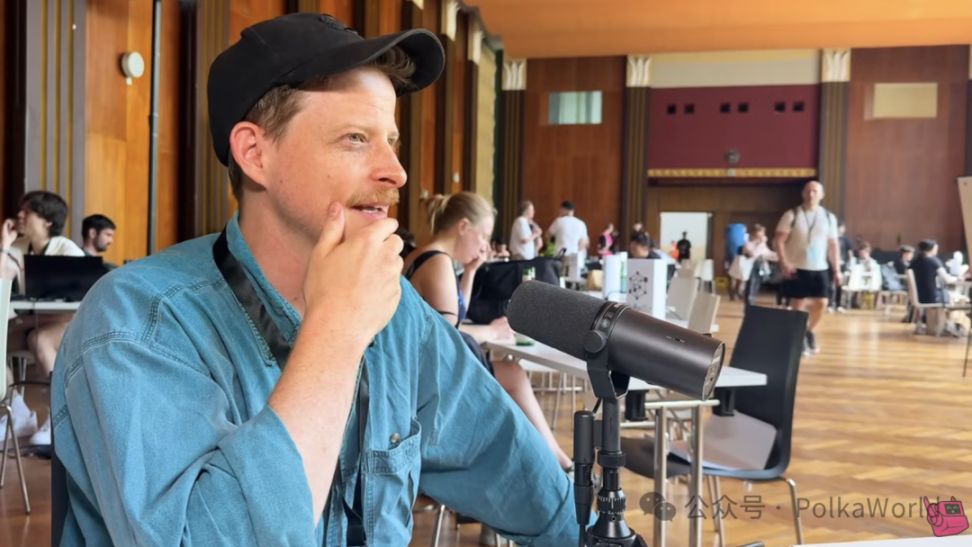
Santi: That's right, that's our ultimate goal. In terms of "access," Polkadot is natively capable of chain-to-chain connectivity, and it's decentralized. We've made this even simpler in PDP. But here, we need to distinguish between two types of communication: between Rollups, and between Rollups and system chains. Why distinguish? Because communication between Rollups requires both parties to agree to open a channel, while communication with system chains is completely permissionless.
For example, if you want to connect to Asset Hub, a request can be sent and connected directly. The underlying standard is RFC-14, which was proposed by Brian from Acala. You can look it up—it unlocked a lot of capabilities. One of the features we're working on in PDP now is: using the scheduler pallet, so that when a Rollup is just launched (for example, at block #2), it will automatically open channels with Asset Hub and the Coretime chain for you. This way, you don't have to do anything manually—you're connected to the core system by default. Unless you say from the start "I don't want to connect," the system will handle it for you automatically. This allows you to immediately use features like auto-renewal and external assets, greatly lowering the threshold.
Parity Finance Team Easily Deploys Rollup on Kusama! PDP Beta Results Exceed Expectations
Jay: Who has used this tool so far? Has it been tested in practice?
Santi: We did the first round of internal testing. We invited 8 test users, and 7 of them actually tried it hands-on. The results were even better than I expected. Our original goal was just to "launch first, listen to feedback, and optimize gradually." But the feedback was so good, I'm not even sure how to improve further, but we'll do our best to keep improving.
Jay: In what way was it good? What were your metrics?
Santi: For example, user satisfaction scored 4.3 / 5. Almost everyone said "this is awesome," and some said "this can really help Polkadot grow." The deployment success rate was 100%, not a single failure. All users who tried it successfully ran a Rollup on Westend. I was amazed—honestly, I expected a few failures since it's still early and a lot is being explored, but everything worked. I was really happy, and the team was excited. It was like a stamp of approval: "Well done." Although we're not sure how to improve next, we'll give it our all.
Jay: That's great! I'm looking forward to seeing more real deployments. PDP is only available on testnet for now, right? When will it be available on Kusama?
Santi: If all goes well, we plan to deploy on Kusama by the end of September.
Jay: After that, will it take longer to deploy to the Polkadot mainnet?
Santi: Actually, no.
Jay: Right, it can go live directly, right?
Santi: Exactly. We even did a small experiment this year that many people don't know about. Parity's finance team deployed a Rollup on Kusama themselves. Since deploying a Rollup requires funds, we said: no need to transfer to us, we'll give you the tool, you deploy it yourself. And they really did it—the finance team operated it themselves!
Jay: Haha, the finance team actually deployed a Rollup on Kusama?
Santi: Yes, they did.
Jay: I see, so it ran for a while, right? That's pretty amazing.
Santi: Yes. During the process, we found there were still some governance-related things to handle, such as registering a parachain, etc. But overall, we've verified that it's feasible. Next, we'll polish it further and then open it up to more people.
PDP Outlook: Cross-Ecosystem Migration Paths, Multi-Core Rollup Testing, Hydration Ecosystem Boom
Jay: That's so cool! I can't wait to see more Rollups running on Polkadot. By the way, I want to ask a more forward-looking question: In the future, will there be Rollups deployed in other ecosystems that want to migrate to Polkadot? Do you have plans to help them migrate more easily? Are there arrangements like this in the works?
Santi: This isn't on the official roadmap yet, but it's definitely something we discuss often. There are mainly two directions:
- First, if needed, how to help projects that have already deployed smart contracts transition to Rollups.
- Second, how to open up this path for them?
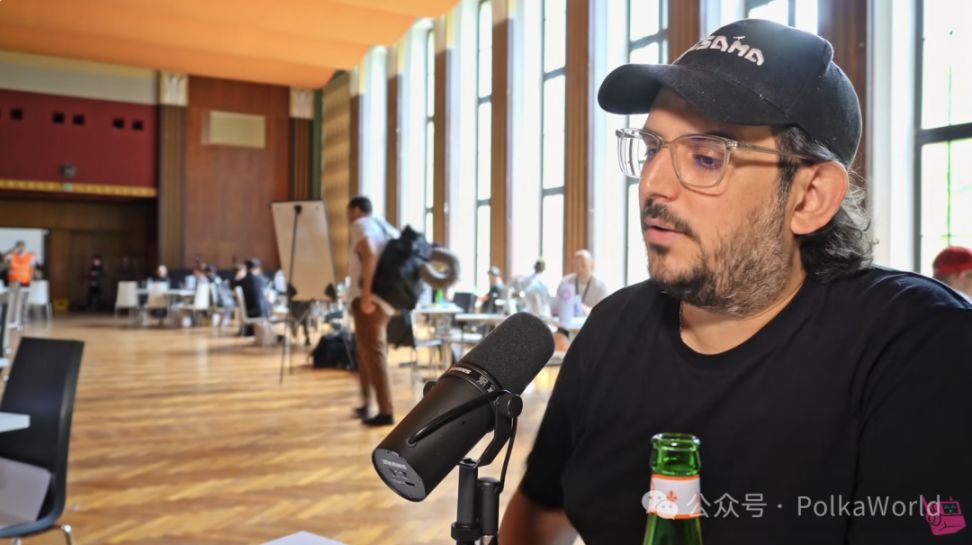
Jay: Right. So if someone deploys on the Hub first, and later finds they need higher throughput, they can upgrade, right?
Santi: Exactly, then they can have their own Rollup. So how to open up this path for everyone is something we've been thinking about. There's another scenario: if a project is already live, with state data, users, and asset balances, how do you migrate to Polkadot Cloud? That's another route we want to explore in the future.
Jay: That's awesome. Polkadot Cloud looks like it's going to get stronger and stronger.
Santi: I hope so too. I think it's a very promising product.
Jay: Because you have a unique perspective in the ecosystem, working with different teams long-term, helping them solve problems, and witnessing their success. I'd love to know if you could share two or three Rollups or projects already on the Cloud that you're particularly excited about or impressed by? Which ones are already running and have left a deep impression on you and that you are very optimistic about? Any that come to mind?
Santi: Sure. Actually, I'm not easily impressed, haha, but there are some that I'm really looking forward to. I'm currently in touch with the peaq team.
Jay: Oh? What's new with peaq recently?
Santi: They're testing multi-core usage, and progress is going very smoothly. I really like this kind of stress testing. Parity used to do it ourselves and gained a lot of experience, and now seeing other teams do it is really great.
Jay: They previously demonstrated 0.4 seconds per block, right? How did they achieve that?
Santi: They're running Rollups or parachains on multiple cores, so they can achieve extremely fast throughput. That's very interesting.
Jay: Is this using elastic scaling?
Santi: Yes, as far as I know, that's the case. I'm also looking forward to seeing them go live in production. Another example: I recently spoke with the founder of the NeuroWeb team, and their plans also left a deep impression on me. Some activities in Hydration, like Gigadot and their ecosystem initiatives, are very interesting. Plus, Hydration's TVL has exceeded 300 million, which is a very important milestone worth celebrating. Honestly, the whole ecosystem is entering an increasingly active stage. Oh, and I'm a die-hard FIFA Rivals fan myself.
Jay: Hahaha, that's awesome. We'll see each other on the FIFA Rivals field. Thank you so much for sharing all this great work on the show today. Building such a portal seems like a natural thing, but I'm glad someone is actually doing it, and it's such a great team as you said. Thank you for your efforts, and thank you for joining us today.
Santi: Thank you for the invitation. But honestly, it's mainly the team doing the actual work—the credit goes to them.
Jay: That's great. Thank you so much!
Disclaimer: The content of this article solely reflects the author's opinion and does not represent the platform in any capacity. This article is not intended to serve as a reference for making investment decisions.
You may also like
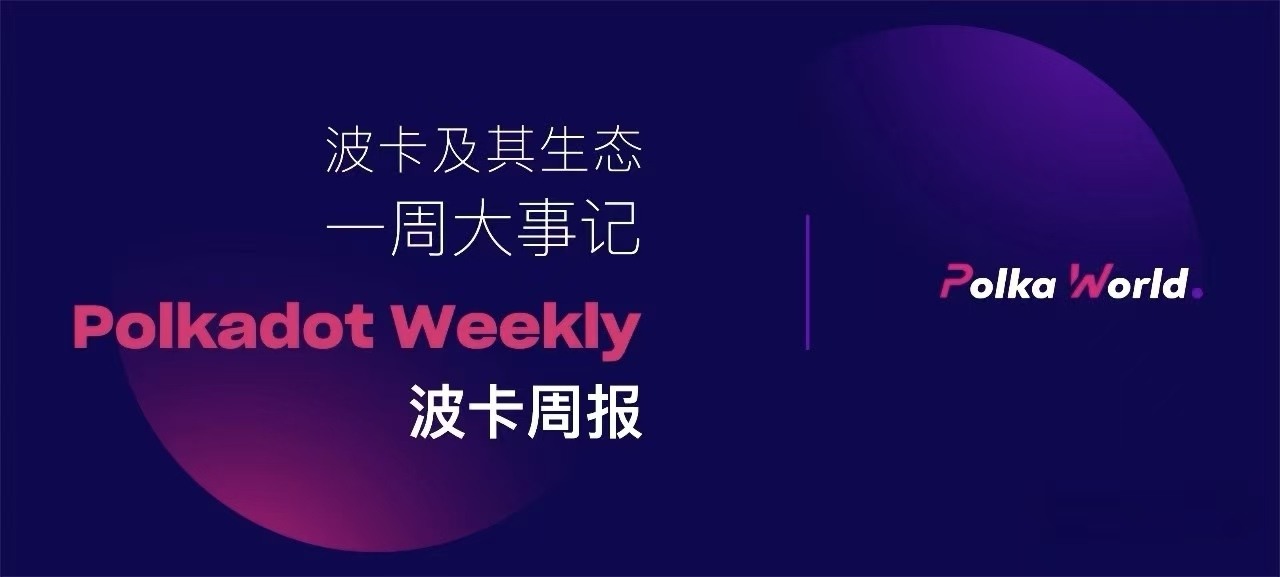
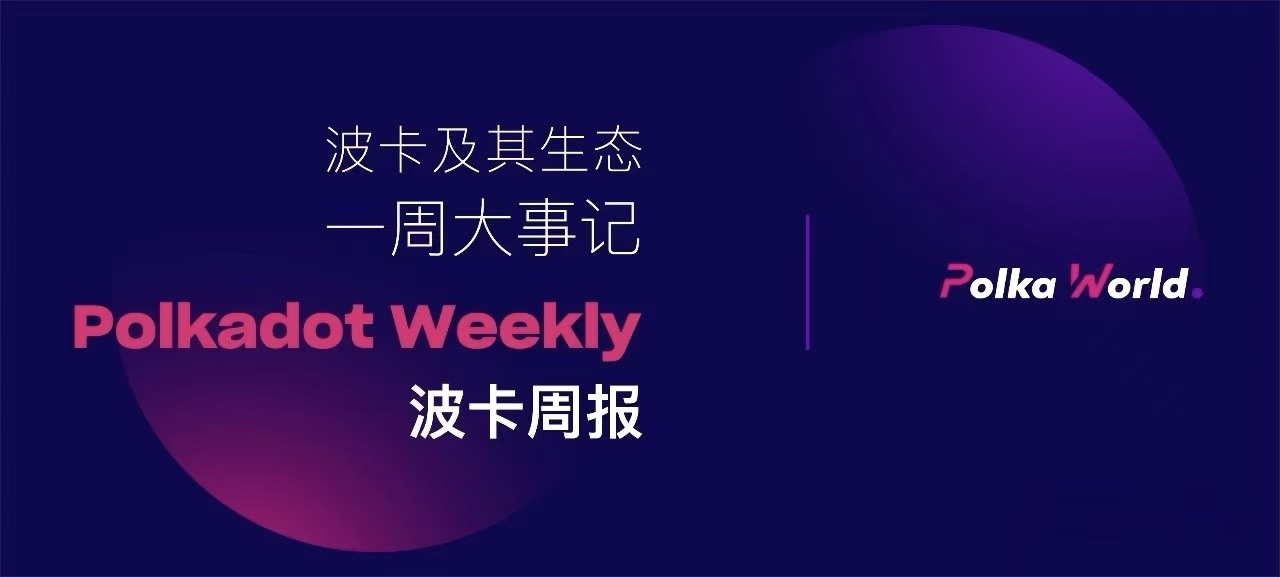
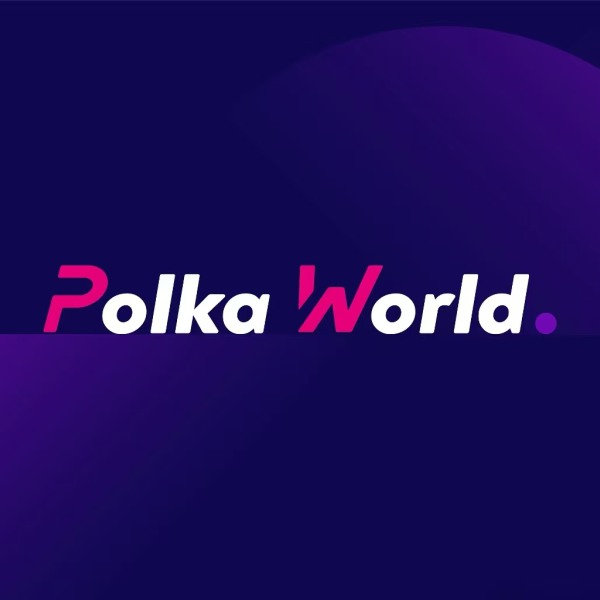
A new paradigm beyond EVM chains: Polkadot smart contract platform to launch in October!
